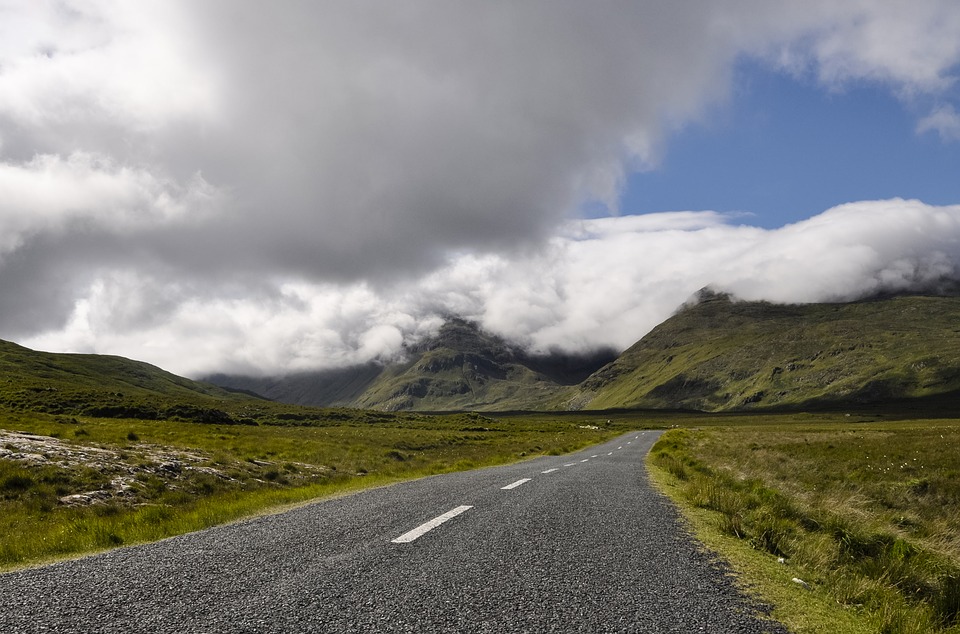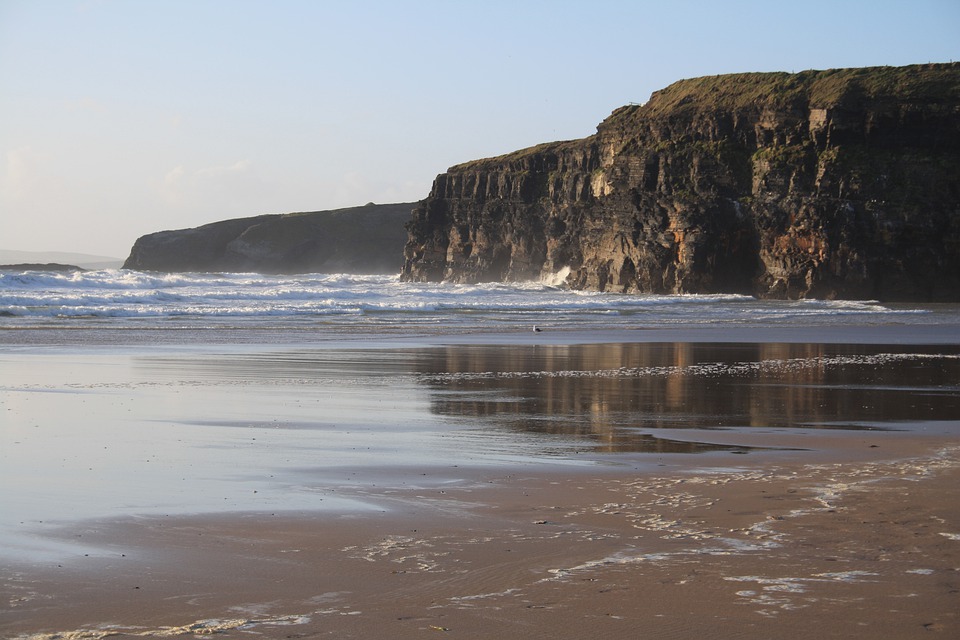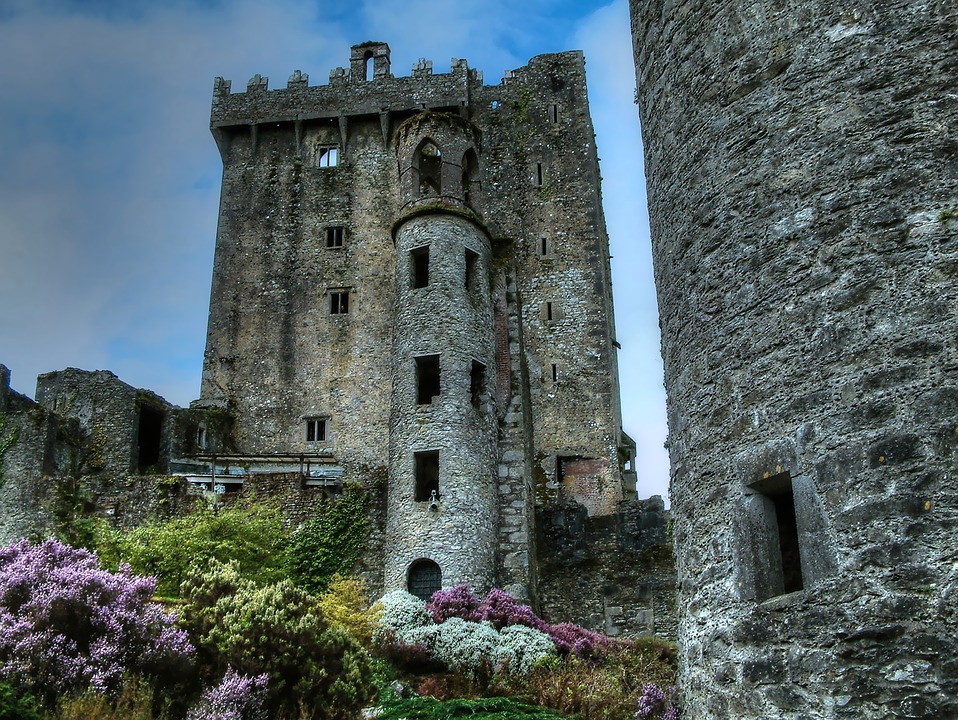Or maybe you do know this. Read on to find out!
- About 80 million people across the globe claim Irish ancestry. We are breeders extraordinaire.
- Ireland has been populated for around 9,000 years, according to archaeological studies. It doesn’t seem like a very long time considering how busy we have been.
- By some accounts, the first European child born in North America had Irish descent on both sides.
- The number of people living in Australia who are of Irish descent is higher, as a percentage of total population, than that of any other country.
- During the past 8,000 years of habitation, many different peoples have arrived on Ireland’s shores. Yet the ancient people before, this – the creators of the Céide Fields and Newgrange – are a mystery. Neither their language nor terms they used to describe themselves have survived. These early inhabitants of Ireland did not appear to have a collective name for themselves.

- Ireland itself was known by a number of different names, including Banba, Fódla, Ériu by the islanders, Louerne and Hiverne to the Greeks, and Hibernia to the Romans. The terms Irish and Ireland are derived from the goddess Ériu.
- Other Latin names for the Irish people from Classical and Medieval sources include Attacotti and Gael. This last word, derived from the Welsh gwyddel “raiders”, was eventually adopted by the Irish themselves. However, as a term it is on a par with Viking, because it describes an activity (raiding, piracy) and its proponents, not their actual ethnic affiliations.
- Genetic research shows a strong similarity between the Y chromosome haplotypes of males from north-western Spain and Portugal and Irish men with Gaelic surnames. There exists an especially strong genetic association between the Irish and the Basques. The Irish and Basque (along with the Welsh) share the highest percentage of R1b populations.
- One Roman historian records that the Irish people were divided into “sixteen different nations” or tribes.
- Traditional histories assert that the Romans never attempted to conquer Ireland, although it may have been considered.

- The Irish were not cut off from Europe; they frequently raided the Roman territories, and also maintained trade links by sea. In fact, it was often easier to cross the seas than it was to cross land.
- The introduction of Christianity in Ireland during the 5th century brought a radical change to the Irish people’s foreign relations. The only military raid abroad recorded after that century is a presumed invasion of Wales, which according to a Welsh manuscript may have taken place around the 7th century.
- Following the conversion of the Irish to Christianity, Irish secular laws and social institutions remained in place.
- Knowledge of Greek, which had almost vanished in the west, was so widely dispersed in Irish schools that if anyone knew Greek it was assumed he must have come from Ireland.
- Since the time of Charlemagne, Irish scholars had a considerable presence in the Frankish court, where they were renowned for their learning.
- The influx of Viking raiders and traders in the 9th and 10th centuries resulted in the founding of many of Ireland’s most important towns, including Cork, Dublin, Limerick, and Waterford (earlier Gaelic settlements on these sites did not approach the urban nature of the subsequent Norse trading ports).
- The first name of Njáll Þorgeirsson, the chief protagonist of Njáls saga, is a variation of the Irish name Neil. According to Eirik the Red’s Saga, the first European couple to have a child born in North America was descended from the Viking Queen of Dublin, Aud the Deep-minded, and a Gaelic slave brought to Iceland.

- The Irish were among the first people in Europe to use surnames as we know them today. It is very common for people of Gaelic origin to have the English versions of their surnames beginning with “O'” or “Mc” (less frequently “Mac” and occasionally shortened to just “Ma” at the beginning of the name). “O'” comes from the Gaelic Ó meaning “grandson” or “descendant” of a named person. “Mac” or “Mc” means “son”. The proper surname for a woman in Irish uses the feminine prefix Nic (meaning daughter) in place of Mac. Thus a boy may be called Mac Domhnaill whereas his sister would be called Nic Dhomhnaill or Ní Dhomhnaill
- There are a number of Irish surnames derived from Norse personal names, including Mac Suibhne (Sweeney) from Swein and McAuliffe from “Olaf”. The name Cotter, local to County Cork, derives from the Norse personal name Ottir. The name Reynolds is an Anglicization of the Gaelic Mac Raghnaill, itself originating from the Norse names Randal or Reginald. Though these names were of Viking derivation some of the families who bear them appear to have had Gaelic origins.
- The Irish people of the Late Middle Ages were active as traders on the European continent. They were distinguished from the English (who only used their own language or French) in that they only used Latin abroad—a language “spoken by all educated people throughout Gaeldom”.

- An English report of 1515 states that the Irish people were divided into over sixty Gaelic lordships and thirty Anglo-Irish lordships. The English term for these lordships was “nation” or “country”. The Irish term “oireacht” referred to both the territory and the people ruled by the lord. Literally, it meant an “assembly”, where the Brehons would hold their courts upon hills to arbitrate the matters of the lordship.
- As a clan-based society, genealogy was all important. The various branches of Irish learning—including law, poetry, history and genealogy, and medicine—were associated with hereditary learned families. Irish physicians, such as the O’Briens in Munster or the MacCailim Mor in the Western Isles, were renowned in the courts of England, Spain, Portugal and the Low Countries.
- The Irish bardic system, along with the Gaelic culture and learned classes, were upset by the plantations, and went into decline. Irish Catholics continued to receive an education in secret “hedgeschools” in spite of the Penal laws.
- Between 1585 and 1818, over half a million Irish departed Ireland to serve in the wars on the continent, in a constant emigration called the “Flight of the Wild Geese.”
- In the early years of the English Civil War, a French traveller remarked that the Irish “are better soldiers abroad than at home.”
- It is believed that as many as 30,000 Irish people emigrated to Argentina between the 1830s and the 1890s. Today, half a million Argentinians claim Irish descent.
Read more about Irish culture here.
First published on www.oldmooresalmanac.com

